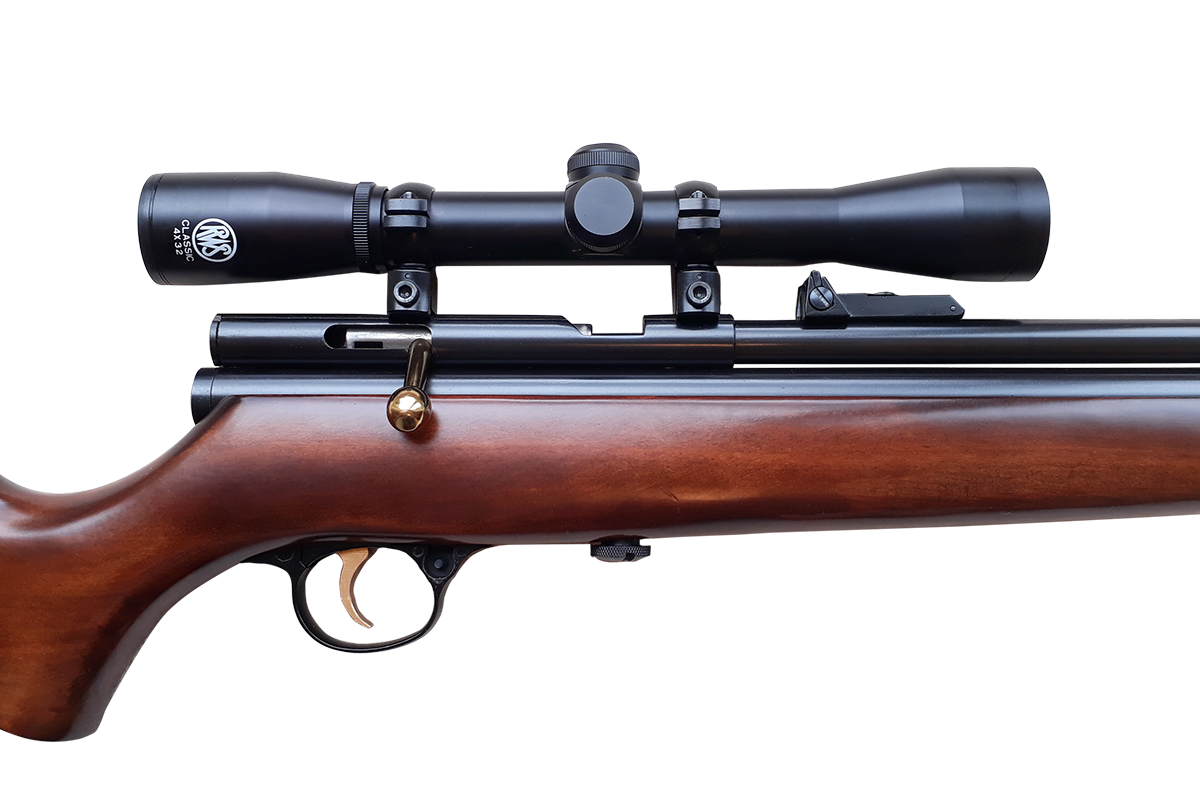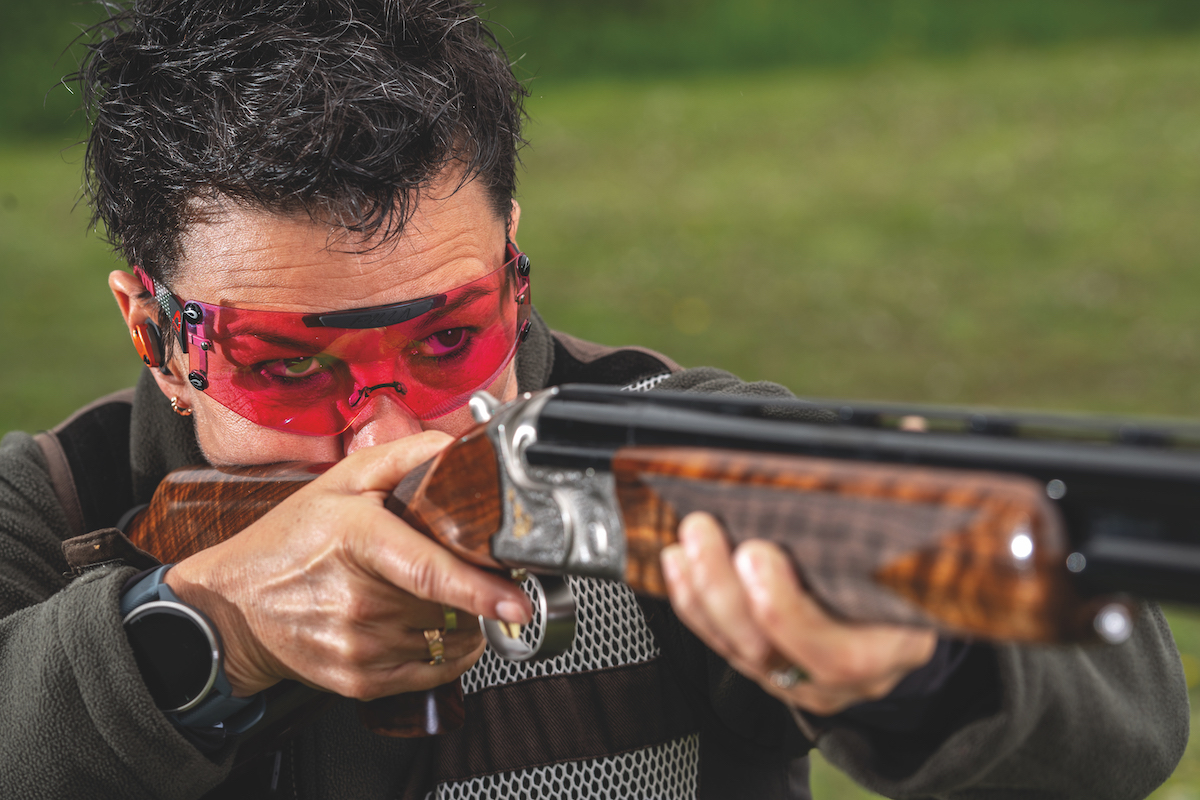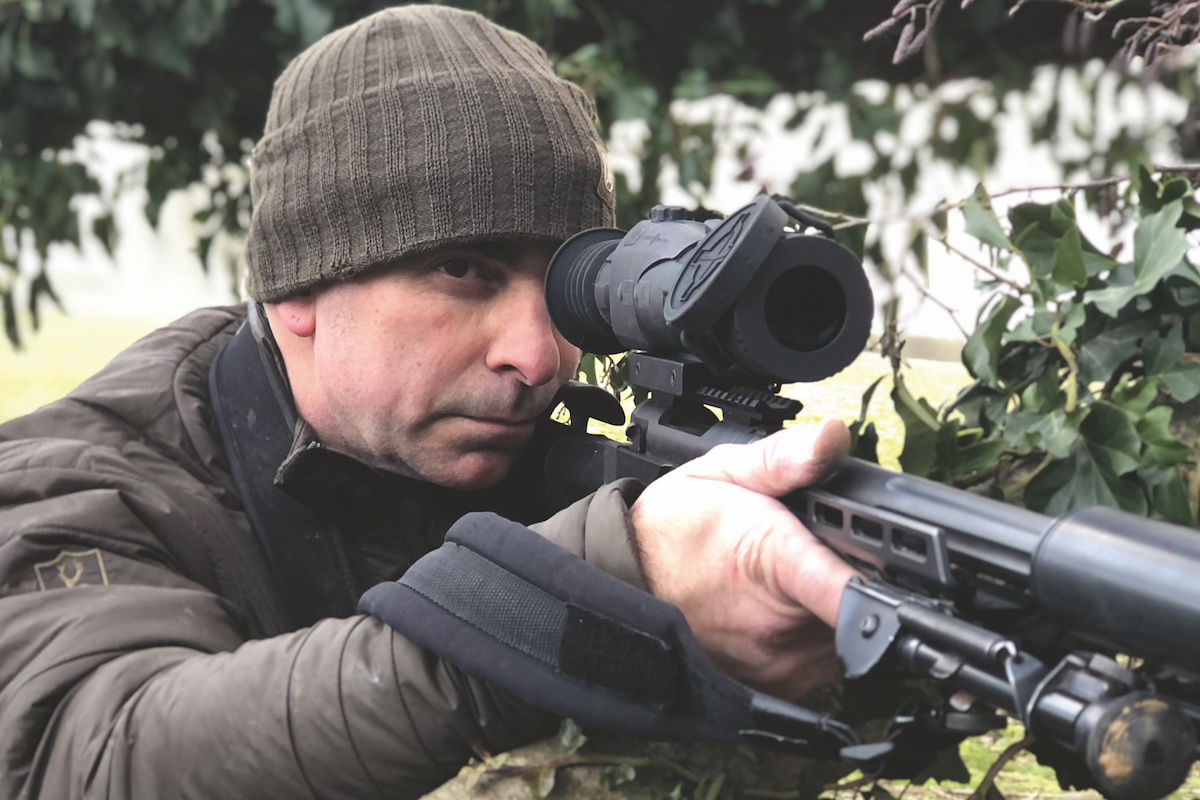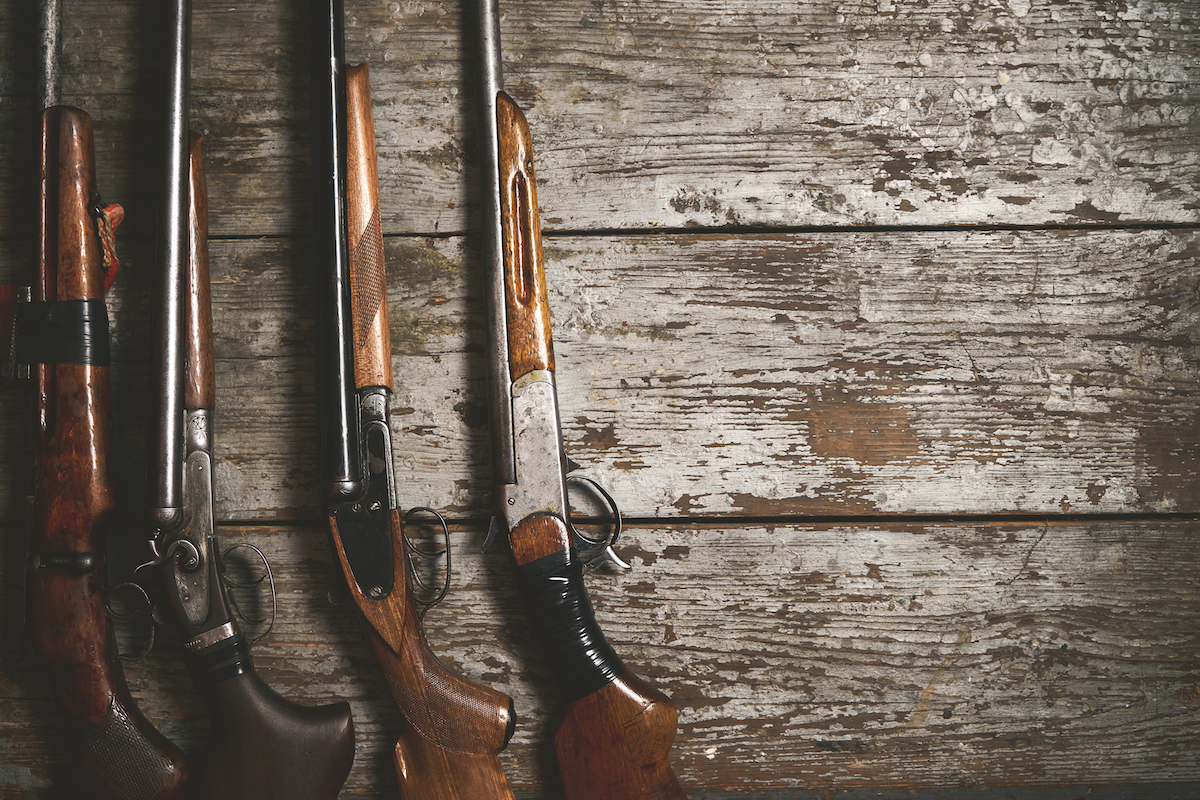C02 air rifles: going recoilless on a budget
Phil Hooper gets a kick from going recoilless, reporting back on his experiences with the SMK QB78DL and XS78 CO2 air rifles

Investigating CO2 air rifles
PCPs are relatively expensive. However, for those of us on a limited budget there are low-cost ways of sampling the advantages of recoilless shooting via CO2 air rifles. No pump or diver’s cylinder necessary, just a 12 or 88 gram CO2 capsule or canister. One downside is the fact that muzzle velocity varies a little with ambient temperature and drops off noticeably below 5⁰C, but most of the time this won’t be an issue.
More on CO2 air rifles
CO2 as a power source dates back a very long way. Frenchman Paul Giffard, designer of various compressed airguns, adapted some models to CO2 and patented them in 1889. Low-powered CO2 air rifles, very popular in the USA, only became legal to own “off ticket” in the UK from 1997.
This was then a great plus for airgunners and led to the availability of replica repeater air pistols.
SMK QB78 – one of the CO2 air rifles to consider
Amongst the many and varied rifles available is the Umarex 850, which is excellent but more expensive than I want to consider. A modestly priced offering is the SMK QB78, which has now been around for quite a while. It has its origins as the Crosman M160/167 made in the USA from 1955 onwards. It is a single-shot, bolt-action design with a passing resemblance to a .22 rimfire rifle. (Read Mike Morton’s review of the Crosman SBR CO2 airgun here.)
Like the Crosman, it takes two 12 gram CO2 capsules which are loaded into the tube under the barrel. The QB78DL features some improvements compared with the Crosman, as you would hope with an introduction date some 50 years later, including a more consistent muzzle velocity, a better trigger and fibre optic open sights.

The gun can easily be carried in the boot of a car in its takedown form, keeping it safe and out of sight of prying eyes
Manufacturing quality is reasonable and bluing is good. The hardwood stock appears to be of sapele mahogany with a satin varnish finish. It is well proportioned with a raised cheekpiece and good length of forend, but is devoid of chequering or stippling.
It features a rubber butt pad and overall looks and functions well, with decent wood-to-metal fit. Interestingly, the heft and balance of the rifle feel similar to my Mauser Lux bolt-action .22 rimfire rifle.
SMK QB78DL acquisition
I acquired an .22 SMK QB78DL in 2007 almost by accident when I was offered a new, tuned rifle by Tony at Sandwell Field Sports in exchange for my elderly, but near-mint, Sharp Innova which he had previously re-sealed for me.
I liked the Innova, but trying something different was appealing. The QB78DL is sold today for around £160 (or the plainer XS78 for roughly £140) and at least one dealer offers a tune for an additional £20. There seem to be plenty of used ones around and parts are available, as well as online guidance as to how to strip, service and improve them for the mechanics amongst us.
Tuning up the rifle
I think the tune on my own rifle principally amounted to changing the transfer port seal for one not made of chewing gum, re-profiling the valve, polishing the internals and re-crowning the barrel muzzle. I went on to polish the trigger and sear contacting surfaces and add brass shim washers to minimise trigger side play, as well as adjusting the single-stage trigger for a crisp 2lb release and minimal over-travel.
Okay, so we’re not talking about championship-level HFT accuracy potential here, but certainly good enough for informal target shooting and short-range hunting in a compact and well-balanced package, weighing in at a handy 6½ lb including a 4×30 scope.
My best five-shot groups were around ¾“ centre-to-centre at 30 yards and just over 1” at 50 yards. As with PCPs, best power is usually obtained with heavy pellets, and Air Arms Diabolo Field were recommended. (Read more on picking the best airgun pellets here.)
These I weighed at 15.84 grains each. I ran chrono checks at the time, at an ambient temperature of 17⁰C and with a brief delay between shots to nullify the cooling effect of the CO2 and the consequent drop-off in performance.

Phil reckons a CO2 rifle like this is perfect for cost-conscious shooters who are looking for the recoil-free shooting experience of a PCP
It is not until the first shot is fired that the second CO2 capsule is pierced, so the first shot has a lower muzzle velocity. In round figures, shots one to 45 delivered a muzzle velocity of 520-560 feet per second, while shots three to 40 delivered a muzzle velocity of 540-560 feet per second, averaging 10.63 foot pounds. Really not too shabby, I felt.
On a hot summer’s day, pellets are completely flattened at 50 yards when fired into a steel target holder which would suggest, from experience, another 0.5 ft-lb at the muzzle. The SFS tune was designed to provide legal power levels under all conditions combined with a decent shot count, which I consider they achieved. My preference is usually for .177, but rifles in this calibre apparently proved incapable of providing a similar power level combined with an acceptable shot count.
The way I track my shot numbers is to load 45 pellets into a box (a 35mm photographic film cassette container – remember those pre-digital days?) on the outside of which is a label reminding me of the necessary holdover or holdunder at ranges of 15 yards to 50 yards. This is useful, bearing in mind the loopy trajectory of .22 non-FAC airguns.
When the 45 shots are used the CO2 cartridges are ready for replacement and I move to a second container of 45 pellets.
A small annoyance
Slightly annoying is the need to operate the bolt and fire the rifle unloaded several times before the gas pressure has reduced sufficiently to enable the tube cap assembly to be unscrewed and the depleted CO2 capsules removed.
Muzzle blast could be tamed with a sound moderator (there is a 1/2” UNF adaptor available, or a slide-on moderator secured directly via three grub screws), but I’ve not found this necessary.
Ease of access
As I sometimes drive to a friend’s farm in a car with a tiny boot, I cannot then easily accommodate the rifle in its assembled form. For this reason I have made a small modification to convert the rifle into a take-down format. This simply involved removing the trigger guard mounted manual safety catch (it wasn’t user-friendly so I didn’t use it – an unloaded and bolt-open gun is a safer gun in my book).
This now means the stock can be removed from the action by simply unscrewing the single thumb screw under the forend and separating the two. The stock and action, including scope and barrel, can each then be slid into a gun sock for a degree of protection in transit.

Here’s everything Phil needs to get shooting – 12g CO2 capsules, pellets and ammo containers, one with his holdover data sheet attached
Some readers will dismiss this little gun as too cheap and cheerful to be of serious interest. I have to say from a personal viewpoint that it has provided many hours of fun and that there is something satisfying about achieving good results from such a limited-budget package.
Out in the field, the odd knock doesn’t matter. If it gets soaked in the rain then the stock and action come apart easily and quickly to enable them to be dried off. I would suggest that the QB78DL (or XS78), particularly in tuned form, is potentially suitable for hunting at ranges of up to 30 yards as well as, of course, for informal target shooting and plinking.
It is a single-shot rifle so less good for a follow-up shot than if it was fitted with a magazine. Personally, I like single-shot rifles, possibly because of my love of springers, but also through having done a lot of small-bore target shooting with a single-shot BSA Martini rifle in my younger days.
So if you want a taste of recoilless air rifle shooting, but not the expense of a PCP rifle at this stage, or simply a fun knockabout rifle, then maybe give one of these likeable little guns a try. (Read our guide to cheap PCP air rifles all under £1000.)
This article was originally published in 2022 and has been updated.








